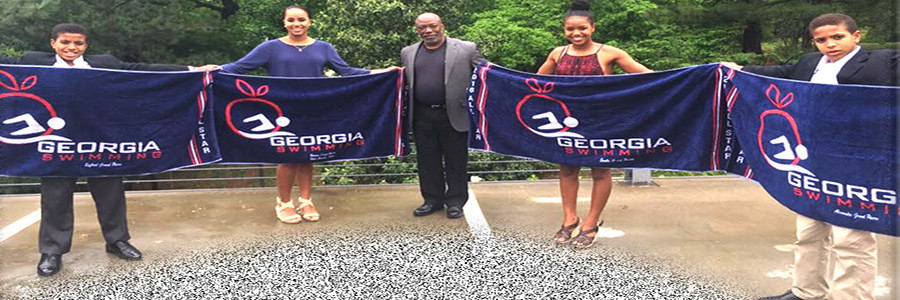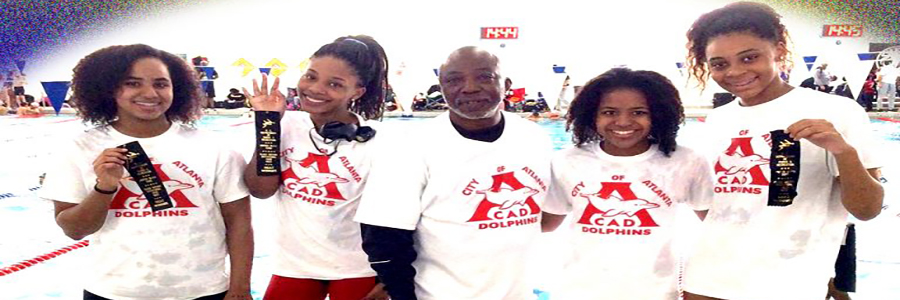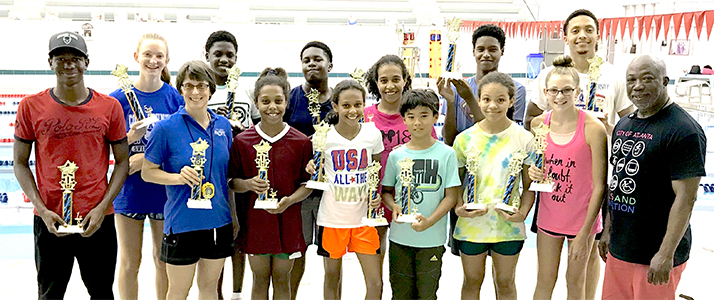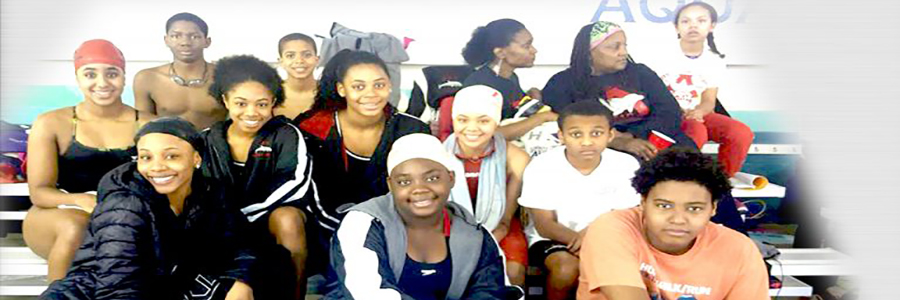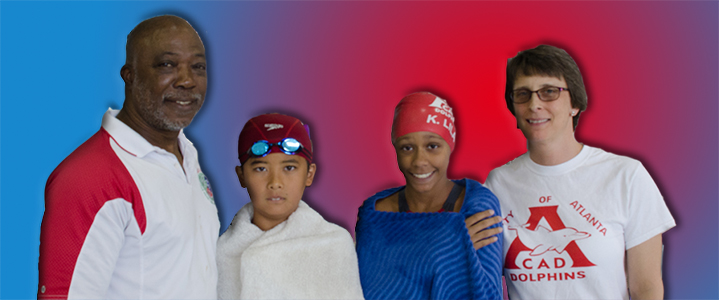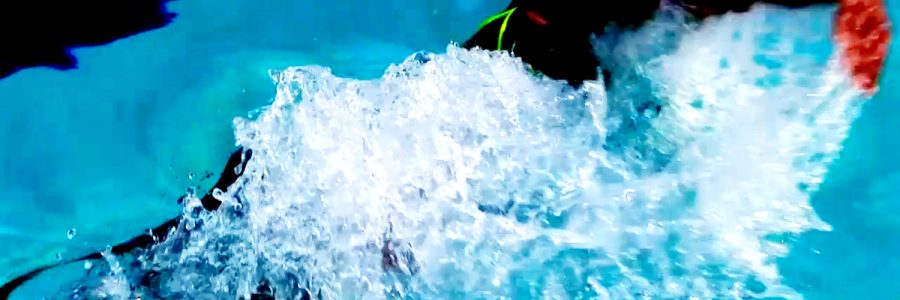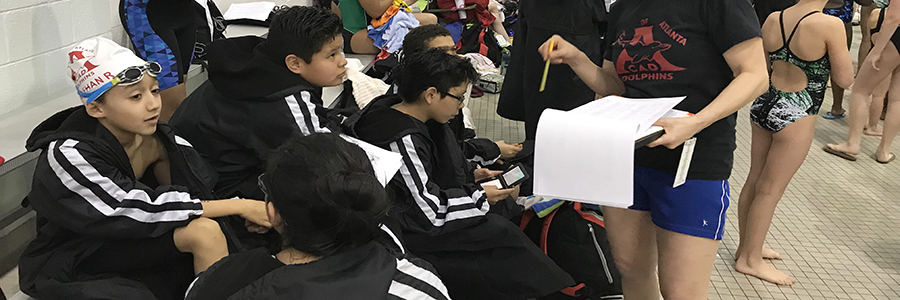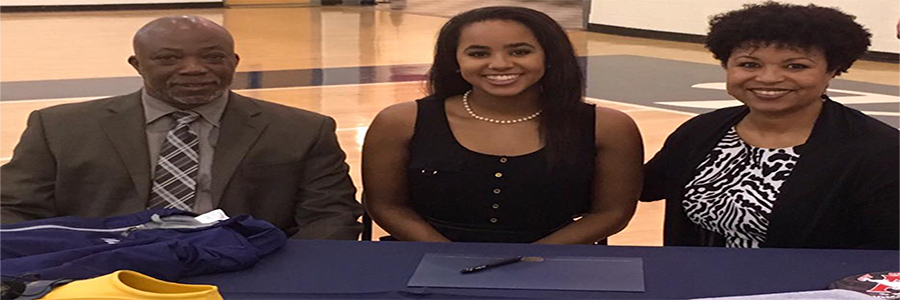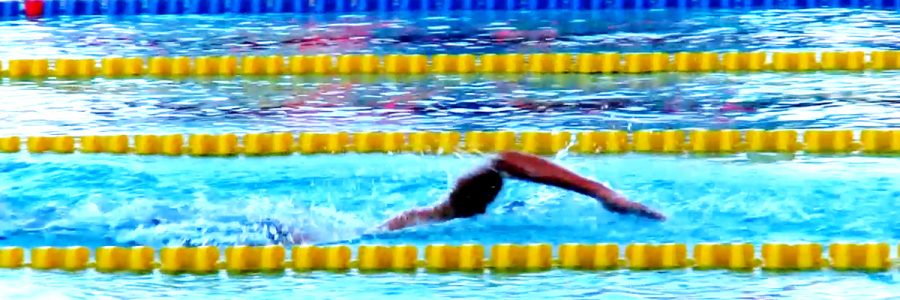Standards and Procedures
Standards and Procedures for Dry Land
- Arrive to Practice on time.
- Enter the Natatorium orderly, quietly and dress for dry land/swimming. Remain orderly and quiet throughout practice.
- Pick-up all equipments before dry land/swimming routine (fins, kickboard, pull buoy).
- Follow coach’s direction and instructions when first given.
- Listen when the coach or another teammate is talking.
- Get permission from the coach before leaving the water/exercise formation.
- Remain quietly and orderly as you exchange exercise routine or move from one area of the pool to another area.
- Perform all exercise routine correctly without talking and stay in your squad. Swimmer will moves from one exercise to the next one without interruption. Make a sincere effort to
perform all exercises and skills correctly. Remember correct practice make perfect. Skills are learned through repetition. - Bring water bottle to practice and keep it in your lane.
- Dress for swimming before dry land exercise.
CONSEQUENCES
- First Offense: Verbal Warning
- Second Offense: Time Out 5minutes
- Third Offense: Time out 10 minutes
- Fourth Offense: Get dress and call parent
City of Atlanta Dolphins Coaching Staff

